The Conflict
- Puddnhead

- Mar 12, 2018
- 5 min read
Medellín, Colombia
If you've never been on a free walking tour before, it's exactly what it sounds like. A guide gives you a tour of a city for free, and then at the end you leave a tip. It's a pretty good idea.
The free walking tours in Medellín were the best I've ever experienced, probably because Medellín has such a dark and fascinating history.
If you know anything about Medellín, you probably know it as the home of Pablo Escobar and the seat of his drug cartel's power in the 80s. The first walking tour I went on was through Comuna 13, Escobar's neighborhood.
Comuna 13 is a poor cramped neighborhood on the side of a hill that sits between downtown Medellín and the main highway, which makes it ideal for drug smuggling.
During the 90s it was the most dangerous neighborhood in the most dangerous city in the world. Our guide told us about her friends being recruited by guerrilla groups. She also told us about her brother being abducted by the government on suspicion of being a guerrilla during the 2002 large-scale military operation against the guerrillas.
But what is really fascinating about Comuna 13, and Medellín more generally, is the transformación that has been occurring over the last 15 years. Comuna 13 is still poor, but it is no longer the murder capital of the world.
The President who oversaw the military occupation of Comuna 13 in 2002 was Álvaro Uribe, also known as the "Iron Fist." He had strong ties to paramilitary groups and his attacks on guerrilla groups certainly weakened them.
But beyond that the city has invested heavily in its poorer communities, and the results are stunning.
The most eye-catching of the city's investments is its public transportation system, and especially the metro. Medellín has the only metro in all of Colombia, and the first line opened in 1995, during the peak of the violence. Since then the system has expanded to include the metrocable - cable cars that run above the city and up into the poor neighborhoods on the mountainsides.
In Comuna 13, rather than a metrocable, the city built and maintains escalators. My guide suggested that the escalators are even better for connecting the neighborhood to the rest of the world, because now so many people from other places walk through and interact with the community.
Most of the stops on the tour were different murals. Some were remorseful, but most reflected an optimism for the future and faith in the transformation process.
*
The second tour was in downtown Medellín. Our guide was a hungover Javier in his late 20s who had fled to New York for several years after surviving a random driveby shooting in which he lost five of his best friends.
The first topic we covered was Pablo Escobar. Javier told us we would be referring to him as "the famous criminal" throughout the tour, because if locals heard the name "Escobar" and thought he was giving an Escobar tour, things could turn ugly.
The people of Medellín universally view Escobar as a mass-murdering monster. Javier spoke venomously about the TV show Narcos which he thought tried to humanize Escobar. He related a story about Escobar having 12-year-old virgins delivered to him. After he de-virginized them he would kill them so they could not reveal his hiding place.
Once we got that grim history out of the way, Javier told us a bit about the colonization of Medellín.
The Antioquia province in which Medellín sits was separated from the rest of Colombia in its early days by mountains. Its modern-day residents, or Paisas as they call themselves, are descended from Basques and Spanish Jews. According to Javier, they have inherited the Jewish stereotypes of being crafty and untrustworthy, and they consider themselves just a bit smarter and superior to other Colombians.
The modern history of Medellín has been dominated by El Conflicto - the violence between guerrillas, paras, and the government. More recently Colombians have entered the era of La Paz - a peace negotiated between the government and the leading guerrilla group, the FARC. Javier warned us that Colombians have strong feelings about La Paz, and it was possible that someone would interrupt the tour to argue to with him. This turned out to be the case.
Javier gave a balanced view of the different atrocities committed by various parties throughout the history of the conflict. In his own family, guerrillas had kidnapped his uncles and ransomed them for his family's life savings.
He told us about an infamous crisis where guerrillas murdered workers and took hostages in the Hall of Justice. But he also told us how the government murdered workers who escaped because they suspected the kitchen staff of having been infiltrated by guerrillas. They later put the corpses back inside the building to make it look like the work of the guerrillas.
Javier was in favor of the peace. He hated the guerrilla groups and the paras equally, but he thought that the only way to end the violence was to negotiate a disarmament that included some level of amnesty and political participation. One local guy who overheard his presentation had a different point of view.
This random guy interrupted the tour to call Javier a liar and began arguing aggressively with him in Spanish. The man believed that the guerrillas were guilty of war crimes including sexual violence against children, and that by international law they could not be allowed in the government.
Javier agreed with the man's accusations against the FARC, but he pointed to South Africa and Northern Ireland as examples of other countries with violent conflicts and how to end the violence everybody had to make concessions that they didn't like.
Javier arguing with the random guy was probably the highlight of the tour for me. It was so different from the scripted presentations you get on most tours. This was a guy who was really passionate about the history he was teaching. He had lost so much in the Conflict, but still he was optimistic about the future and had returned to Colombia to be a part of it.
The last stop on the tour was Parque San Antonio, the site of an infamous terrorist attack. In 1995 during a large concert in the park, somebody left a bomb at the base of a Fernando Botero statue called "The Bird." When it detonated it took the bird and 30 innocent people with it.
This attack to me emblifies the Colombian conflict and the Colombian people's efforts to overcome it. First of all, nobody knows who planted the bomb, because both paramilitary groups and guerrilla groups took credit for the bomb. As in the entire conflict, there is no single villain.
After the attack, the mayor of Medellín wanted to have the bombed out sculpture thrown away. But he received a call from Fernando Botero, the famous sculpture himself, begging him to leave the remains of the sculpture in the park.
Botero said that in Medellín people were so accustomed to violence that it was too easy to forget. Nobody remembers for instance the act of violence that took 5 of Javier's friends' lives - except for their friends and family, of course. Botero wanted people to remember the attack.
But he also promised to build a new sculpture, as a symbol of hope and defiance. He thought that Colombians should never forget about their violent history, but neither should they accept it and surrender their future. Today there are two bird sculptures in the park. One destroyed in the violence of the past, and one created as the image of a brighter future.

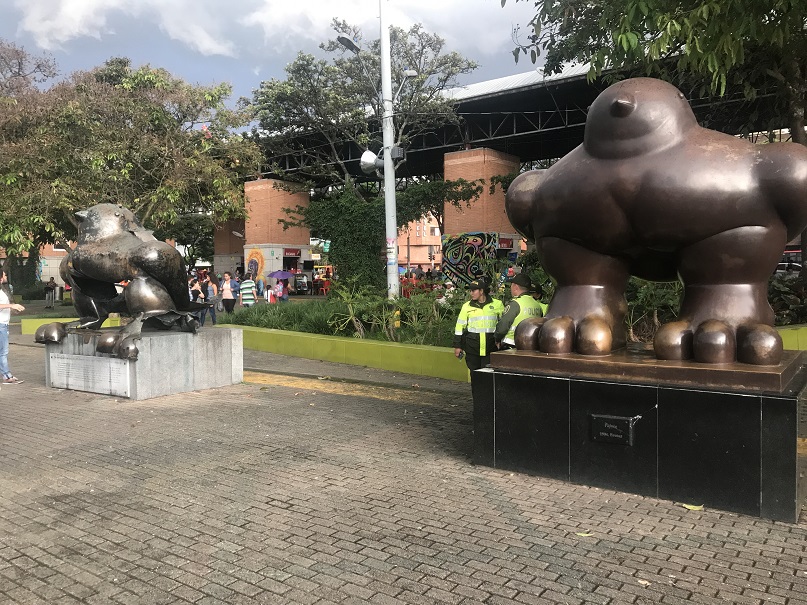

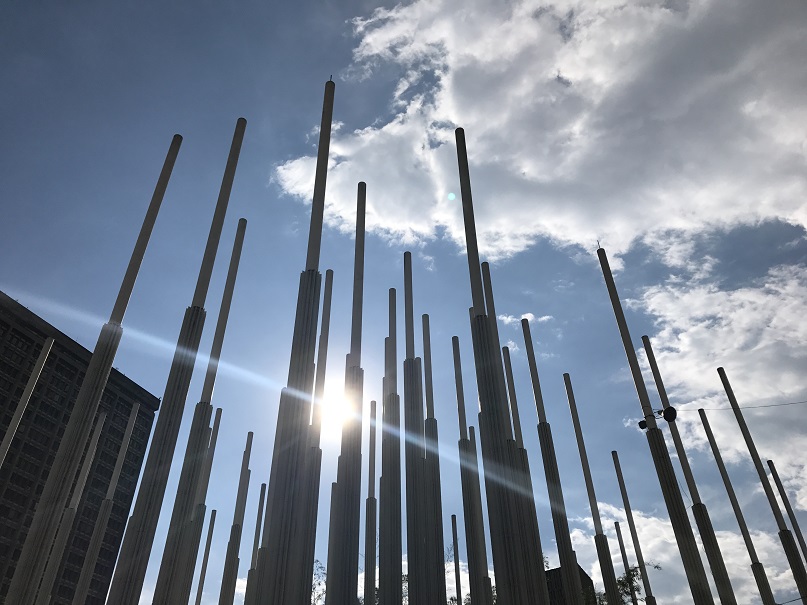

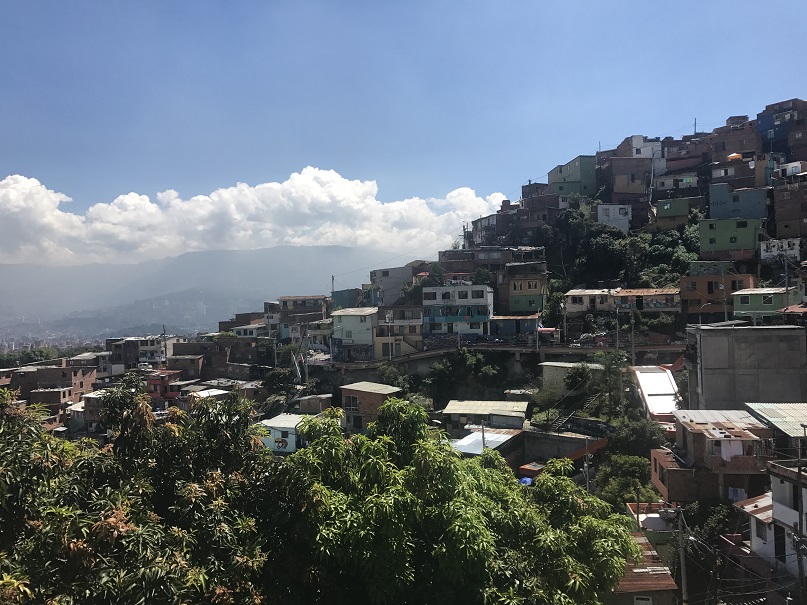



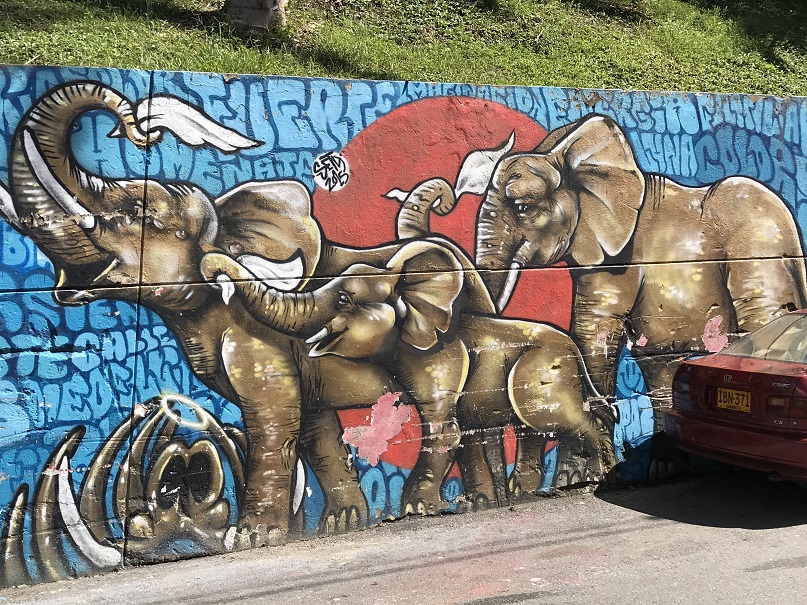

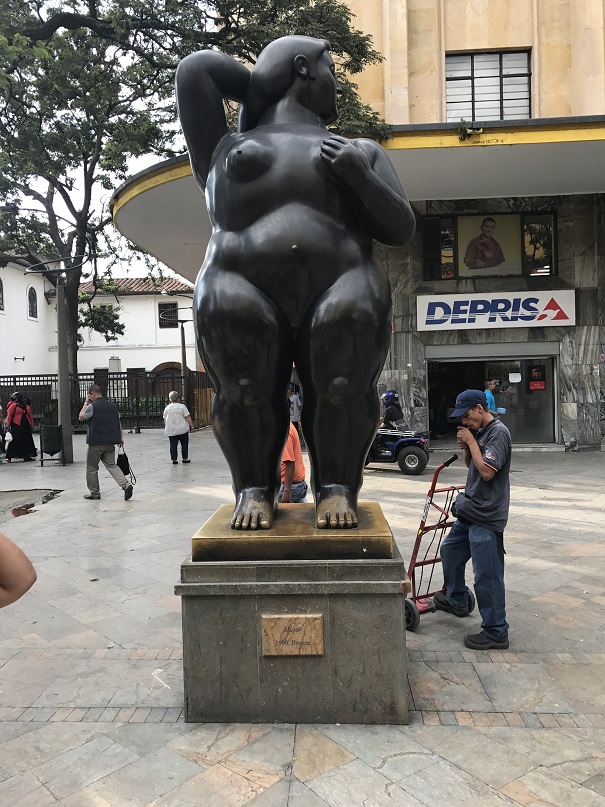

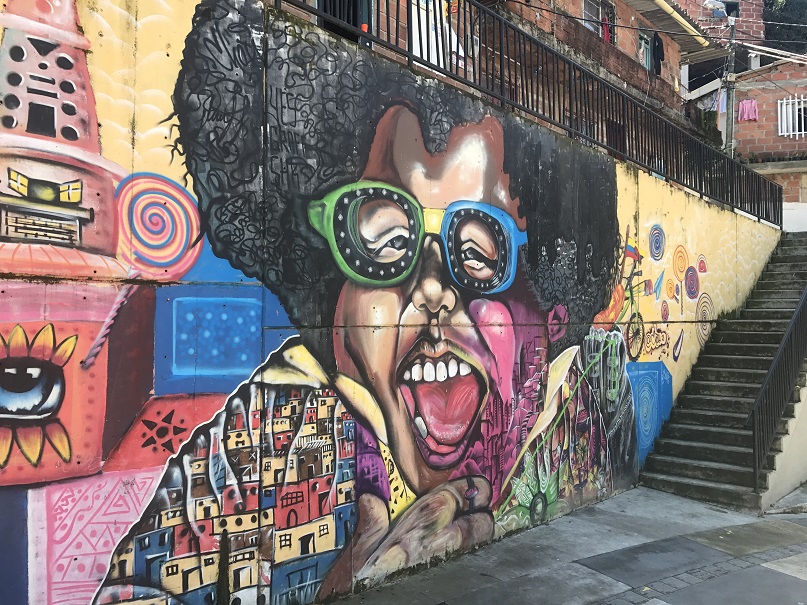

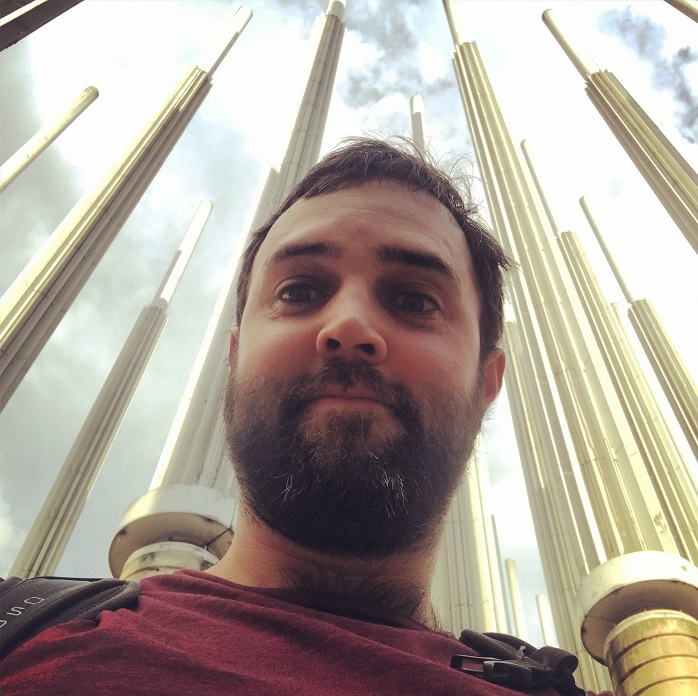



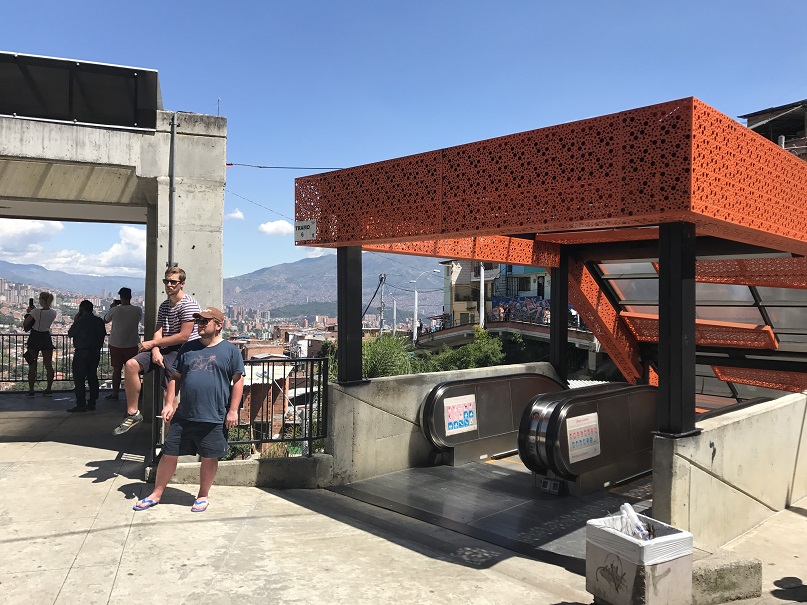

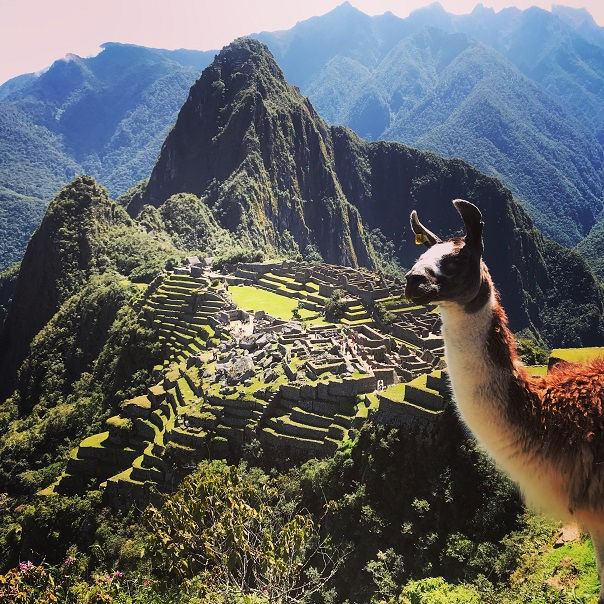

Comments